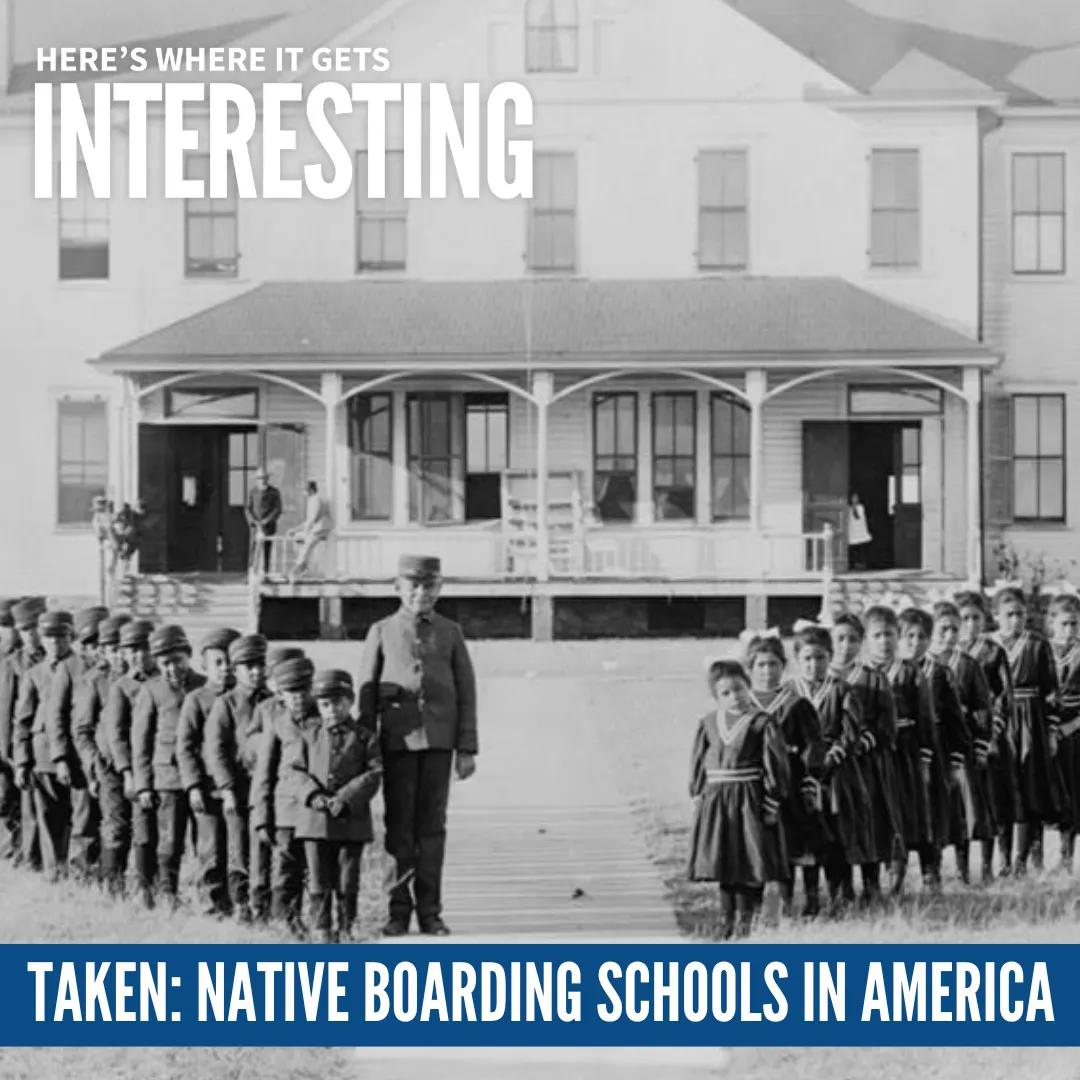Taken
Taken

Taken
Taken By Force
Taken By Force
Imagine being cut off from your home, family, and culture… and forced to assimilate. As the idea that the best way to handle the “Indian Problem” in America was to civilize their youth took hold in the late 19th century, the amount of boarding schools grew rapidly. But the government couldn’t rely on Native tribes to send their children to schools willingly, so they had to accomplish it another way: by force. Attendance became mandatory, and children were rounded up and sent to live at boarding schools, sometimes hundreds of miles away.
- Host: Sharon McMahon
- Executive Producer: Heather Jackson
- Audio Producer: Jenny Snyder
- Writers and Researchers: Heather Jackson, Amy Watkin, Mandy Reid, Kari Anton
- Host: Sharon McMahon
- Executive Producer: Heather Jackson
- Audio Producer: Jenny Snyder
- Writers and Researchers: Heather Jackson, Amy Watkin, Mandy Reid, Kari Anton
Guests
Guests

K. Tsiannina Lomawaima
K. Tsianina Lomawaima (Mvskoke / Creek Nation descent), scholar of Indigenous studies, is retired from the professoriate where she served as faculty at the University of Washington (1988-1994), the University of Arizona (1994-2014), and Arizona State University (2014-2020). She is a member of the American Academy of Arts & Sciences and the National Academy of Education. Her scholarship on the federal off-reservation boarding school system is rooted in the experiences of her father, Curtis Thorpe Carr, a survivor of Chilocco Indian Agricultural School in Oklahoma, where he was enrolled from 1927 to 1935. Relevant publications include the 2018 special issue of JAIE (Journal of American Indian Education) “Native American Boarding School Stories” Vol. 57 #1; “To Remain an Indian”: Lessons for democracy from a century of Native American education (2006; with Teresa McCarty); Away from home: American Indian boarding school experiences (2000; with Margaret Archuleta and Brenda Child); and They Called it Prairie Light: The Story of Chilocco Indian School (1994).